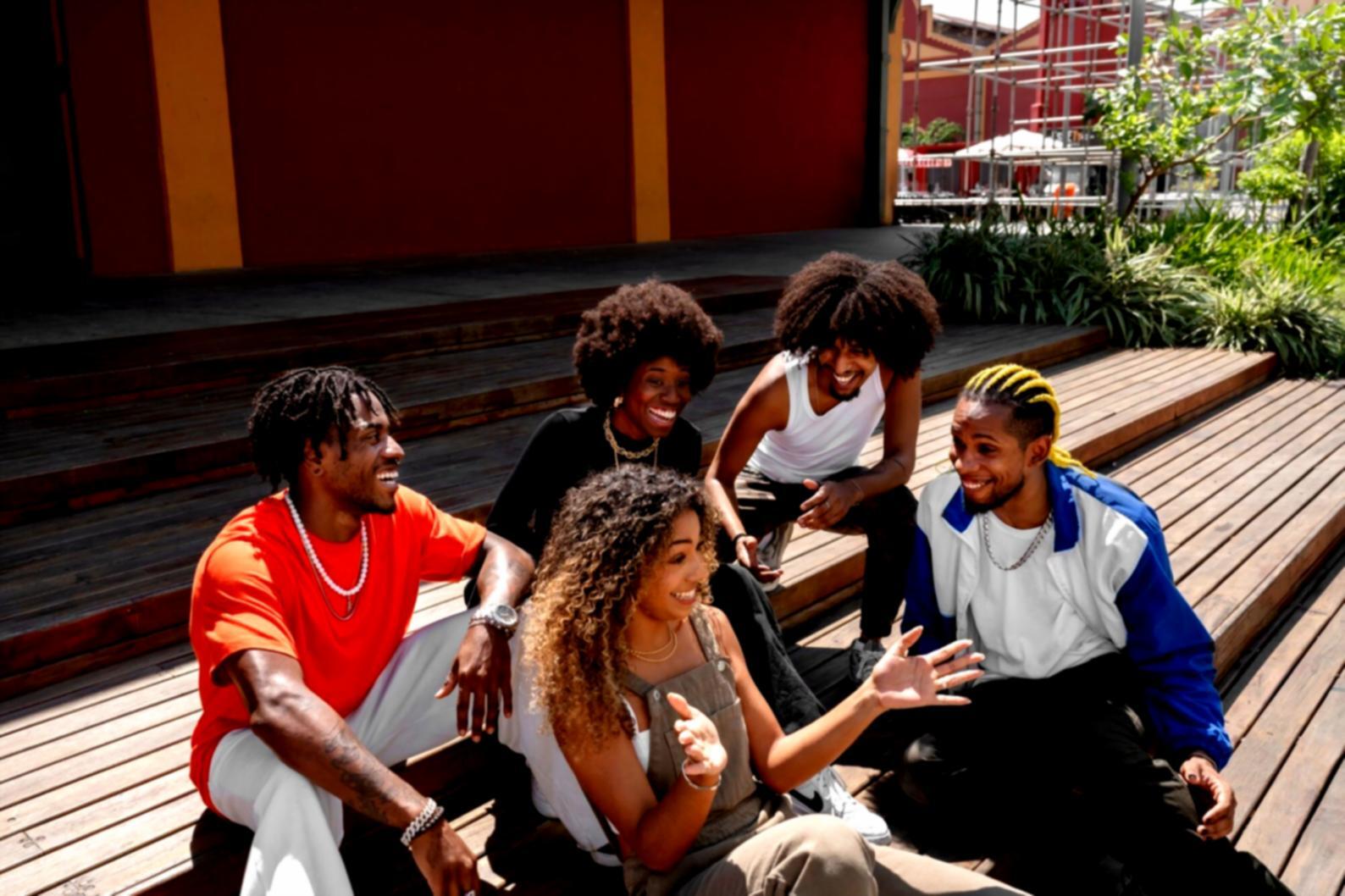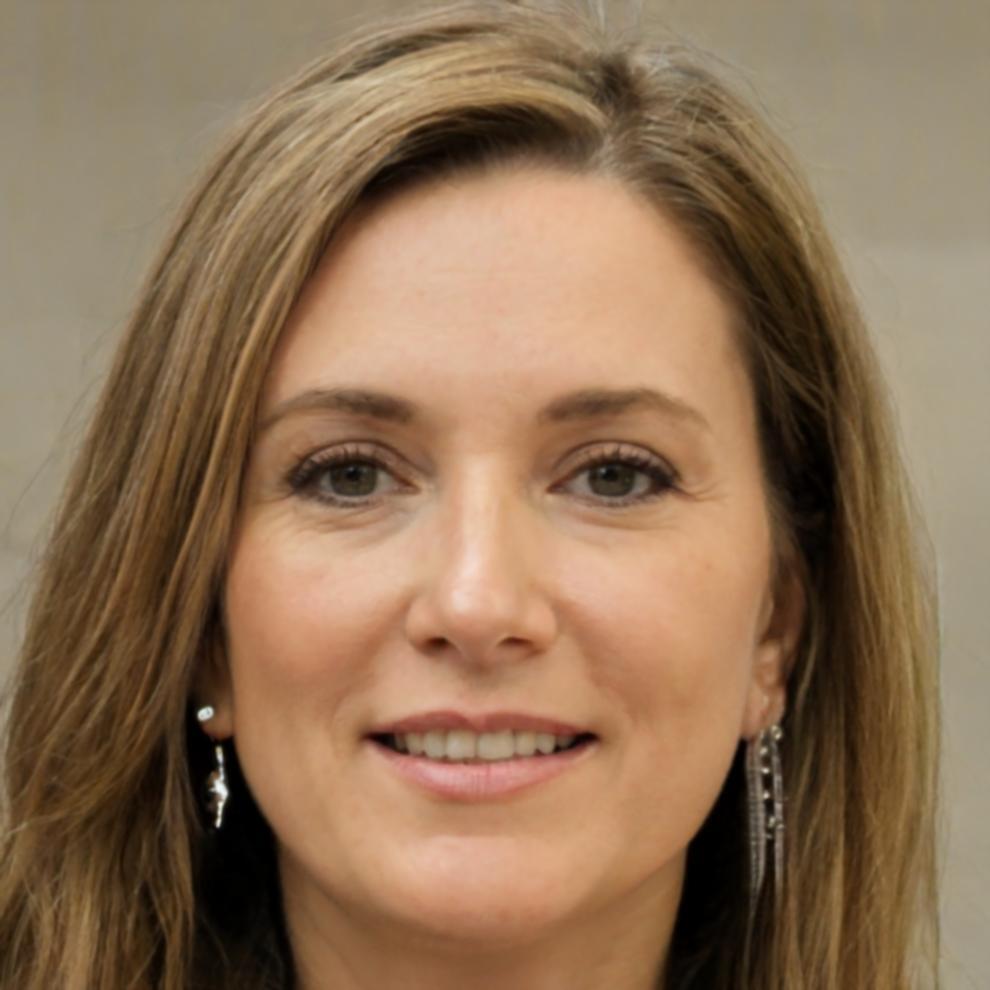Start With Foundations
First six weeks cover HTML semantics and CSS fundamentals. You'll probably find it slower than expected at first, but there's a reason. Understanding how assistive technologies interpret markup changes everything about how you approach coding.



